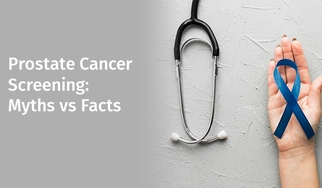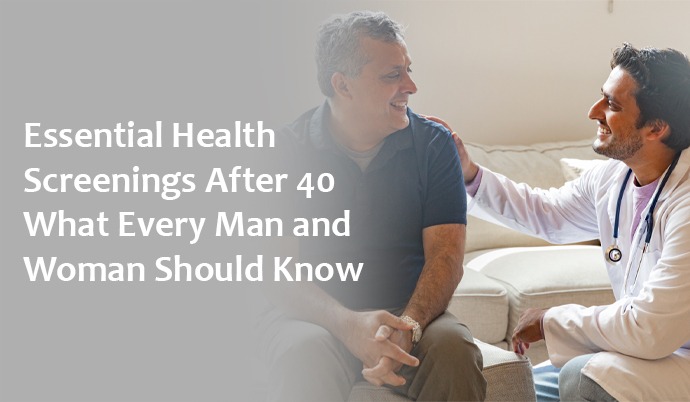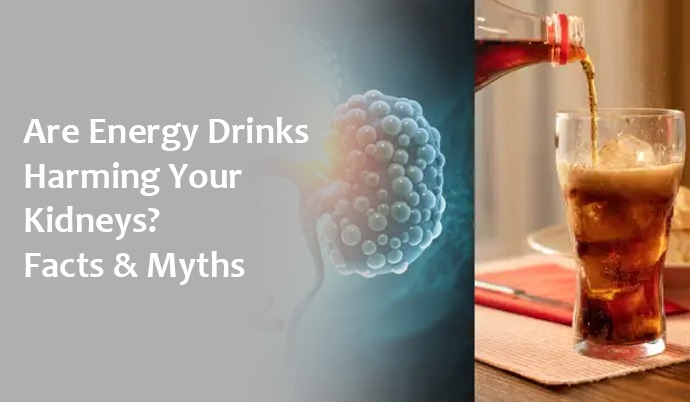
Late detection doesn't just complicate treatment; it significantly impacts survival rates. This isn't just a stat; it's a critical call to action. We have the power to change this narrative with knowledge. This guide will help every woman with detailed information on learning to recognize the early signs of breast cancer so she can understand her body, recognize any changes, and take educated action in a timely manner.
Quick Summary: What You Need to Know
The Key Signs of Breast Cancer
It's crucial to remember that the most common symptoms of breast cancer are not always a lump. Regular self-awareness is key to spotting these critical signs.
1. Lumps or Enlargement in the Breast or Armpit
The lumps that can be observed are the most well-known symptom. The malignant lump usually feels hard and has an irregular shape. It is also usually painless. That is not saying that a lump cannot be painful. Benign lumps like cysts are often softer and smoother and may cause tenderness; however, it remains impossible to self-diagnose and should be avoided due to its dangers. Regardless, any new lump should be evaluated by a medical professional.
2. Changes to Skin Texture (Dimpling or Puckering)
If any skin appears to be "oily" (peau d'orange), or has indentations in the surface, that could be a sign. This occurs when a tumor is deep within the breast and begins to pull on the ligaments that connect skin to breast tissue causing the surface to pucker and change. This is a very notable sign and should not be left unattended.
3. Nipple Inversion or Unusual Discharge
A nipple that starts to invert, (retract inward), can happen from a growth that involves the nipple tissue laying behind it. Also, any fluid that leaks from the nipple without being squeezed, clear, bloody, or another color, is abnormal and concerning, as it can indicate something is going on inside the milk ducts.
4. Size, Shape, or Swelling of Breasts
Be alert for any visible, unexplained change in the overall size or shape of one breast. In some cases, inflammatory breast cancer occurs without a lump, but rather causes the entire breast to become reddened, swollen, and warm to the touch because the growth of cancer cells into lymph vessels in the skin obstructs lymphatic drainage.
5. Persistent, Localized Pain
Most breast pain is benign and related to hormonal cycles, however any sharp, localized pain in one specific area that does not go away should be assessed. While an early sign of breast cancer is less common, localized pain can sometimes be a symptom of breast cancer as well.
Beyond Symptoms: Understanding Risk Factors
Though symptoms are indicators from your body, risk factors are characteristics that could raise your chance of getting breast cancer. It's important to recognize that having any of these risk factors does not guarantee you will develop cancer; many women who are diagnosed with breast cancer have no known risk factors.
Why Early Detection is a Lifesaver: Understanding Breast Cancer Staging
Breast cancer staging is a classification system that tells doctors how far the cancer has spread. Detecting it in an early stage is the single most important factor for a successful outcome.
What To Do If You Spot a Symptom
Finding a potential symptom can be frightening. Here is the standard "Triple Assessment" process doctors use to investigate:
Your Action Plan: Be Proactive, Not Anxious
As we head into October, let's make breast health a priority. Share this information with the women in your life. Early detection begins with you.
Take the Next Step with Sir Ganga Ram Hospital
Empowering yourself with knowledge is the first, most critical step. The next is taking timely action. The Centre for Breast Health & Oncology at Sir Ganga Ram Hospital is dedicated to providing world-class, comprehensive care for women. Our multidisciplinary team of expert oncologists, radiologists, and surgeons utilizes state-of-the-art diagnostics to ensure accurate early detection and create personalized treatment plans.
Whether you have noticed a concerning symptom or wish to schedule a routine screening like a mammogram, our compassionate team is here to guide you. Don't let uncertainty wait.
Take proactive control of your health. Book an appointment with our specialists today.
Frequently Asked Questions (FAQs)
Q1: Are all breast lumps cancerous?
No, over 80% of breast lumps are benign (non-cancerous), such as cysts or fibroadenomas. However, since it is impossible to know for sure without a medical evaluation, any new lump must be checked by a doctor.
Q2: At what age should I start getting mammograms in India?
Most medical bodies in India recommend annual mammograms for women of average risk beginning at age 40. However, if you have a significant family history, your doctor may suggest starting earlier.
Q3: Can men get breast cancer?
Yes. While it is rare (less than 1% of all breast cancer cases), men can develop breast cancer. The most common sign is a lump in the chest area. Men should also be aware and report any changes to their doctor.


.webp)

